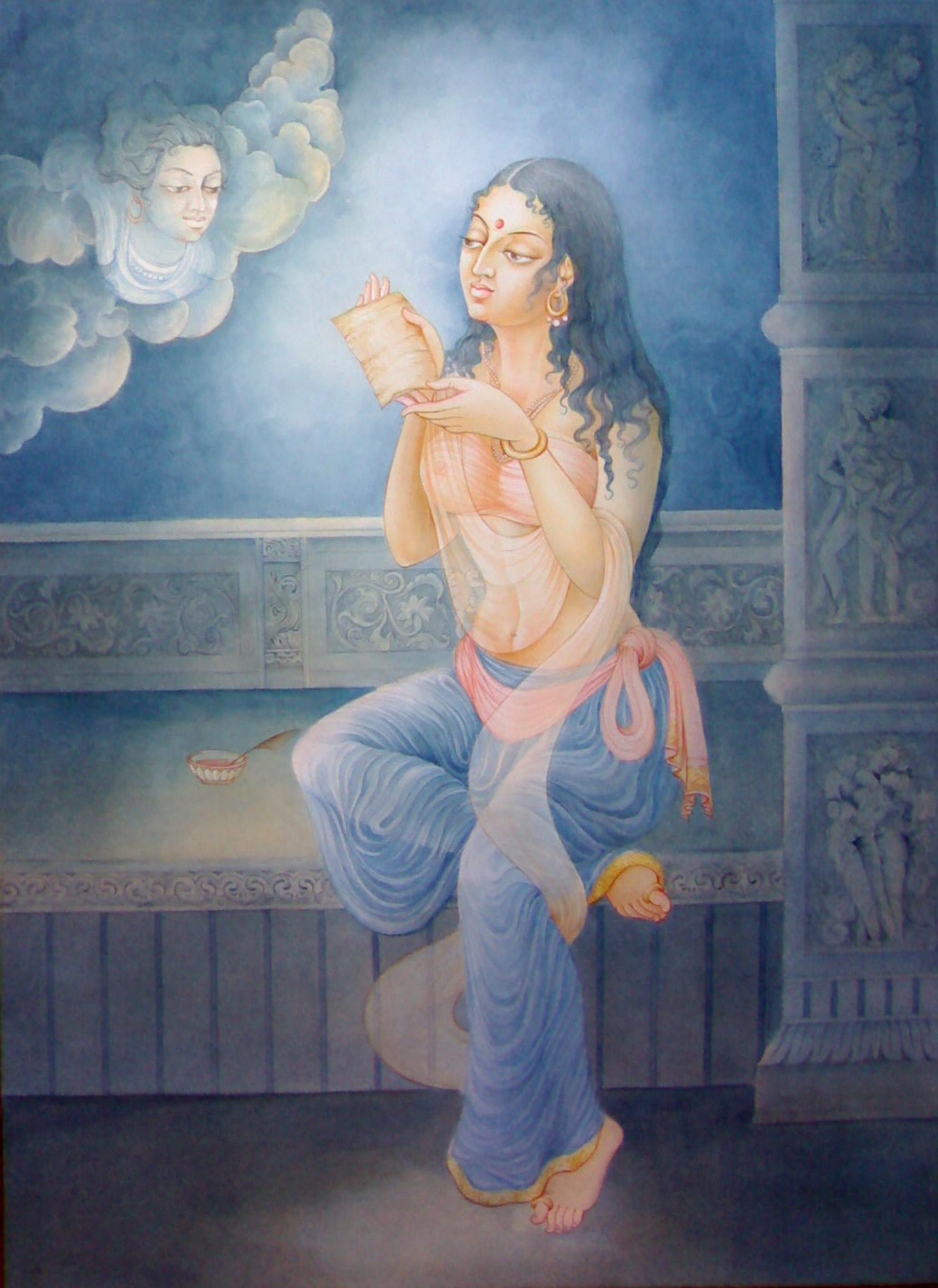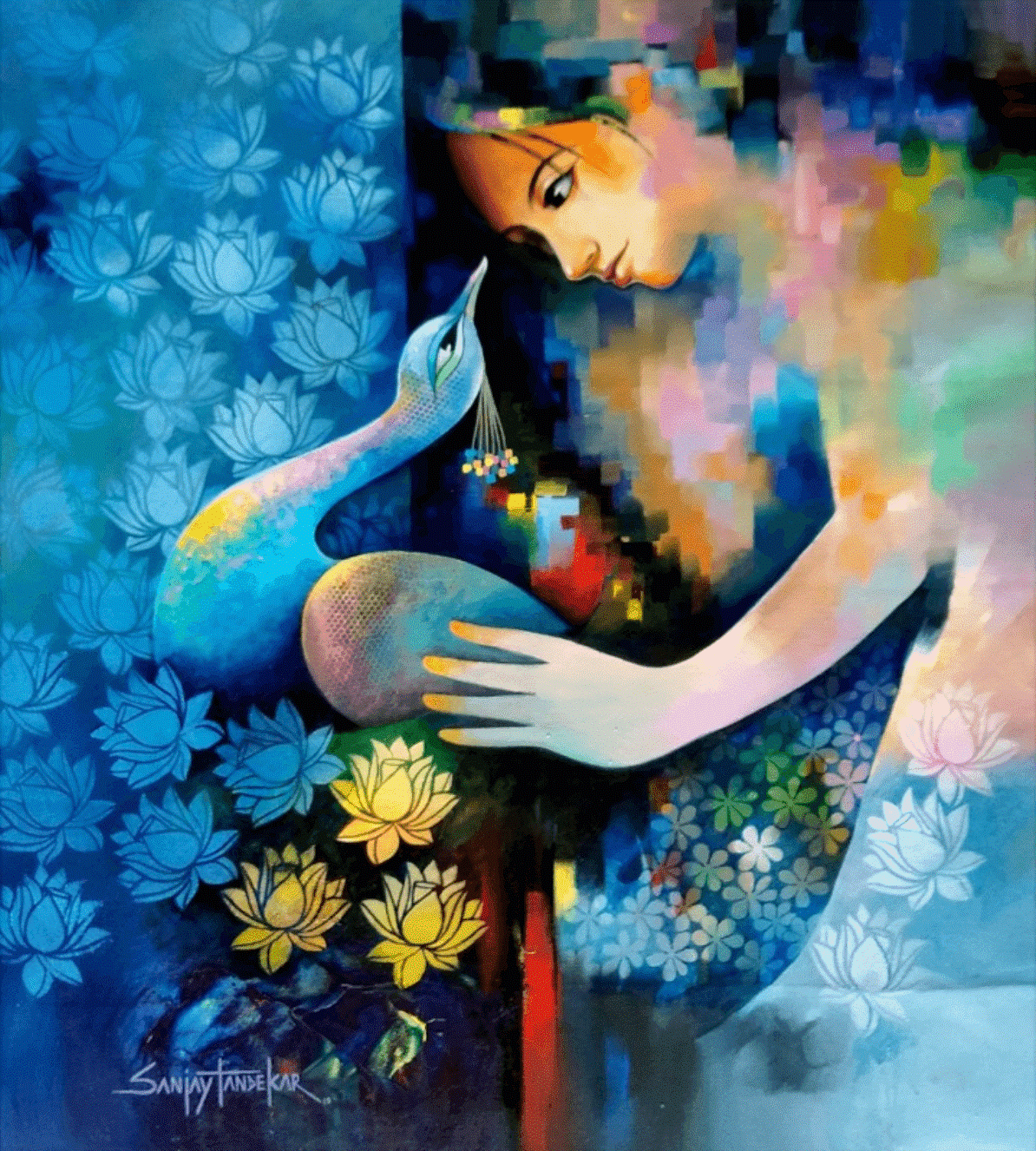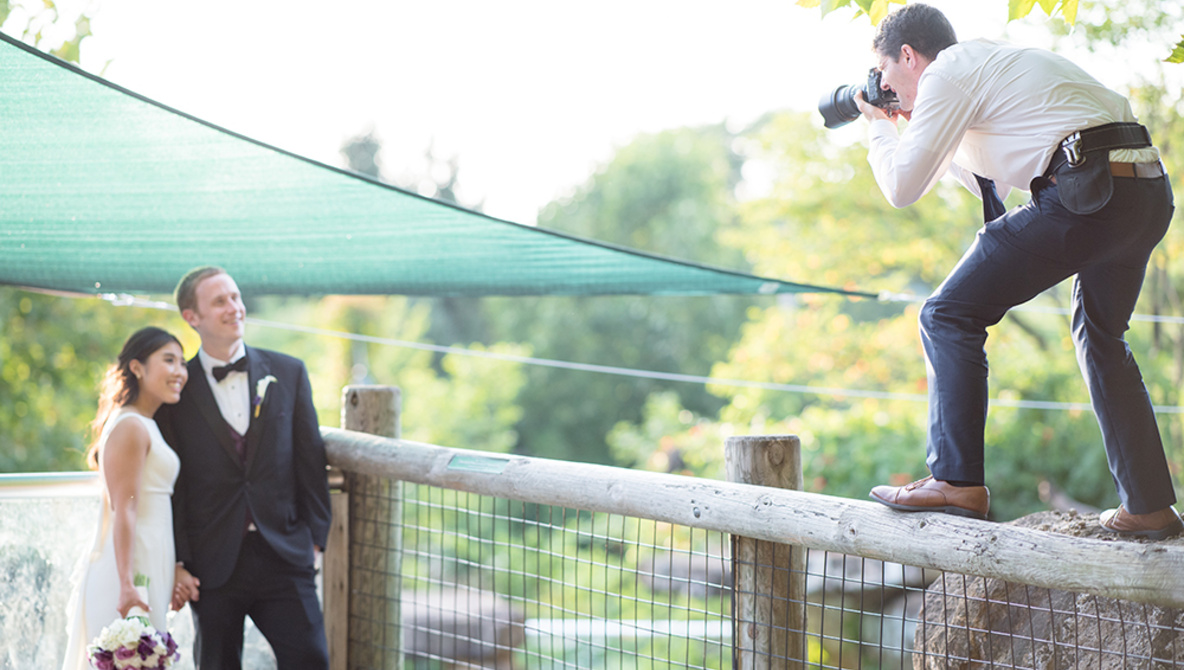Indian art is diversified into plastic, visual and textile arts. The way the design is created gives a sense that it is an Indian art. With time, religious and cultural influences kept adding on to traditional Indian art. Buddhism, Hinduism, Jainism and Islam have influenced it.
Indian art is diversified into plastic, visual and textile arts. The way the design is created gives a sense that it is an Indian art. With time, religious and cultural influences kept adding on to traditional Indian art. Buddhism, Hinduism, Jainism and Islam have influenced it. . Various sculptures in stone and metal have been obtained in India, which tells that Indian climate is most suitable for historical remains. If you are an art lover and want to go in depth of it, I have explained the diversification of historical remains below:
Sculpture
The famous small bronze male dancer is the earliest sculpture obtained in Indian subcontinent from Indus valley civilization. However, large amount of pottery objects and stone steals depicting animals and deities have been found. After the end of Indus valley civilization, not many remains were recorded. Finally, around Buddhist era, loads of copper figures along with sculptures were obtained. They are usually found in pilgrimage stupas of Buddhism. Especially in Sanchi, the use of wood carried the tradition of Hinduism. Indian sculptures of stone began with the reign of Ashoka. The famous Pillars of Ashoka carried the edicts of the King and sculptures of animals. In Matura, Indian traditions and western painting styles were found embraced in pink sandstones of Hinduism, Jainism and Buddhism. The popular lost wax bronzes in south India, including the highly celebrated “natraja” of Lord Shiva are from Chola dynasty. Exceptional sculptures and bronzes belong to the Chola dynasty.
You all must have visited monuments and forts having numerous amount of mind-boggling wall paintings. They are commonly known as “Cave paintings” and are found on walls and ceilings of old murals and forts. Multiple places throughout the world have traces of wall paintings. Enlarged sandstone outcrops have been obtained at the parts of Deccan plateau. The basaltic salt in volcanic areas has helped in easier manufacture of wall paintings. They depict the ancient traditions and norms of society. Unfortunately, there are no transcriptional evidences of culture and religion issues of that area. It is deduced that a lot of it has been eroded with time. Chola fresco paintings have been discovered in Brihadisvsara Temple in Tamil Nadu. Researchers say that the technique involved the use of a smooth layer of limestone over the stones which had taken three days to set in and between that particular time, natural organic pigments were used for paintings.
Miniature Painting
Earliest miniature paintings embrace Buddhism, but soon enough Jain and Hindu traditions were also demonstrated in them. Palm-leaf manuscripts are earliest examples of miniature paintings. Miniature paintings are those with a very small size. Mughal designs have also been exhibited in a few of miniature paintings. Later around 19th century, a hybrid of watercolors were brought in use for Rajput , Kangra and Company paintings. This style was influenced by the European culture of art. Out of all forms of Indian Paintings, miniature paintings have gained quite a lot of admiration.
India has the longest legacy of jewellery designing. Jewellery is extensively used in India itself. Indian subcontinents are the prominent source of gemstones. Although, there are not many remains of jewellery as they were not buried along their owners.





